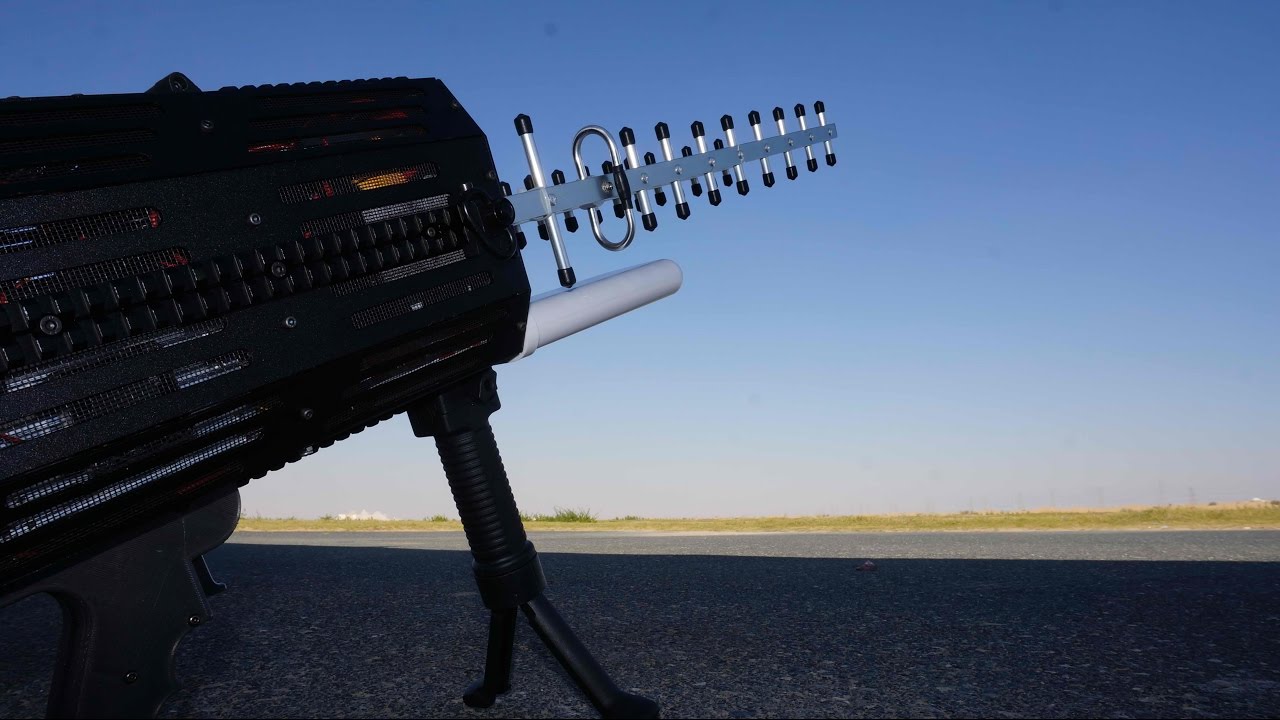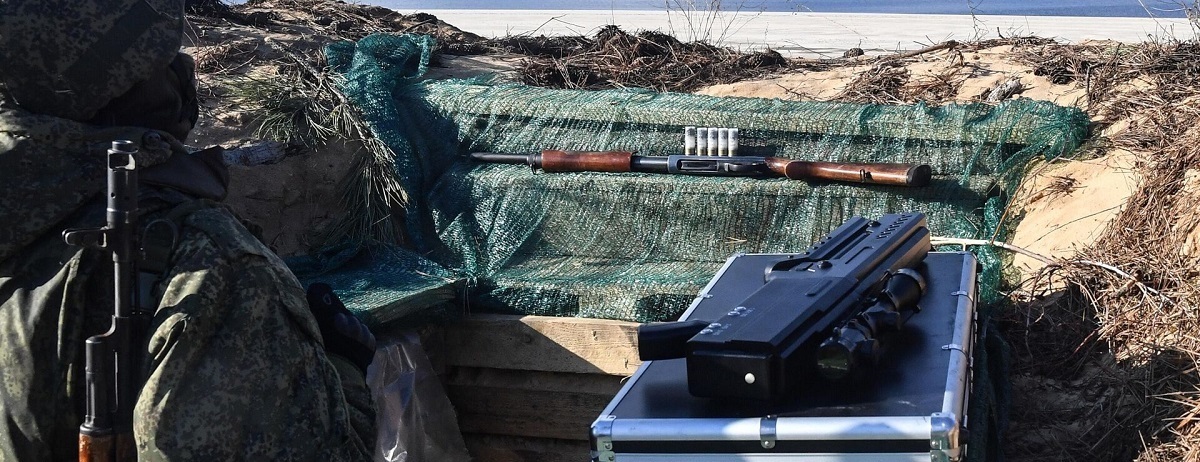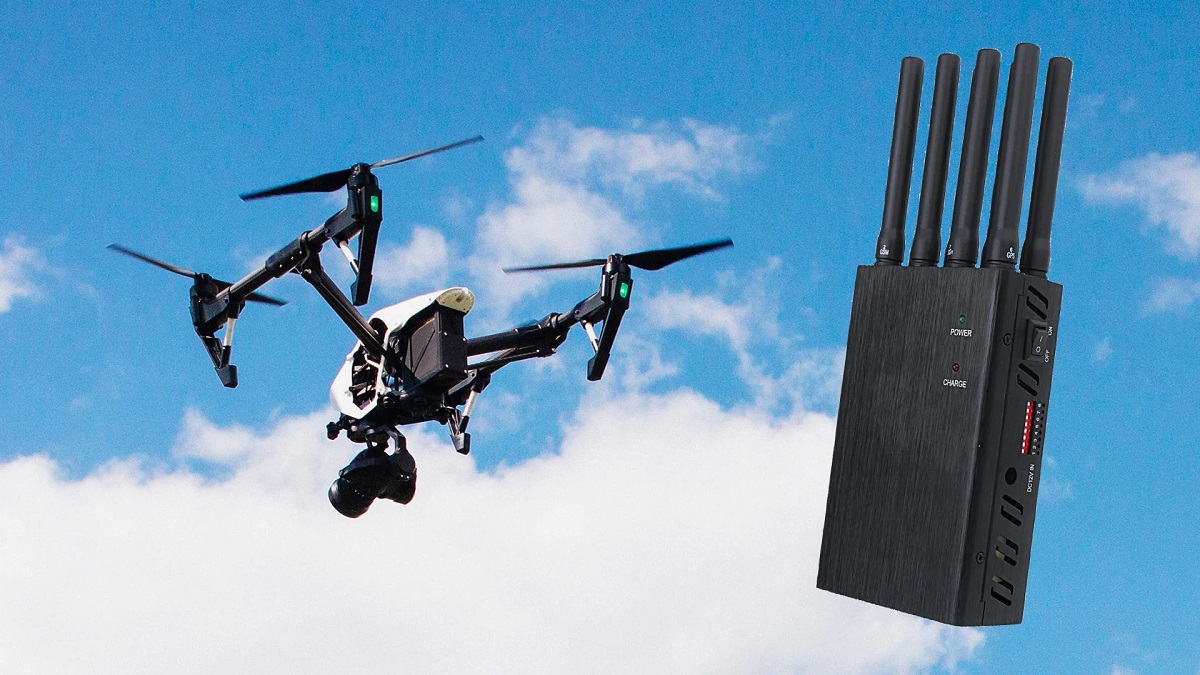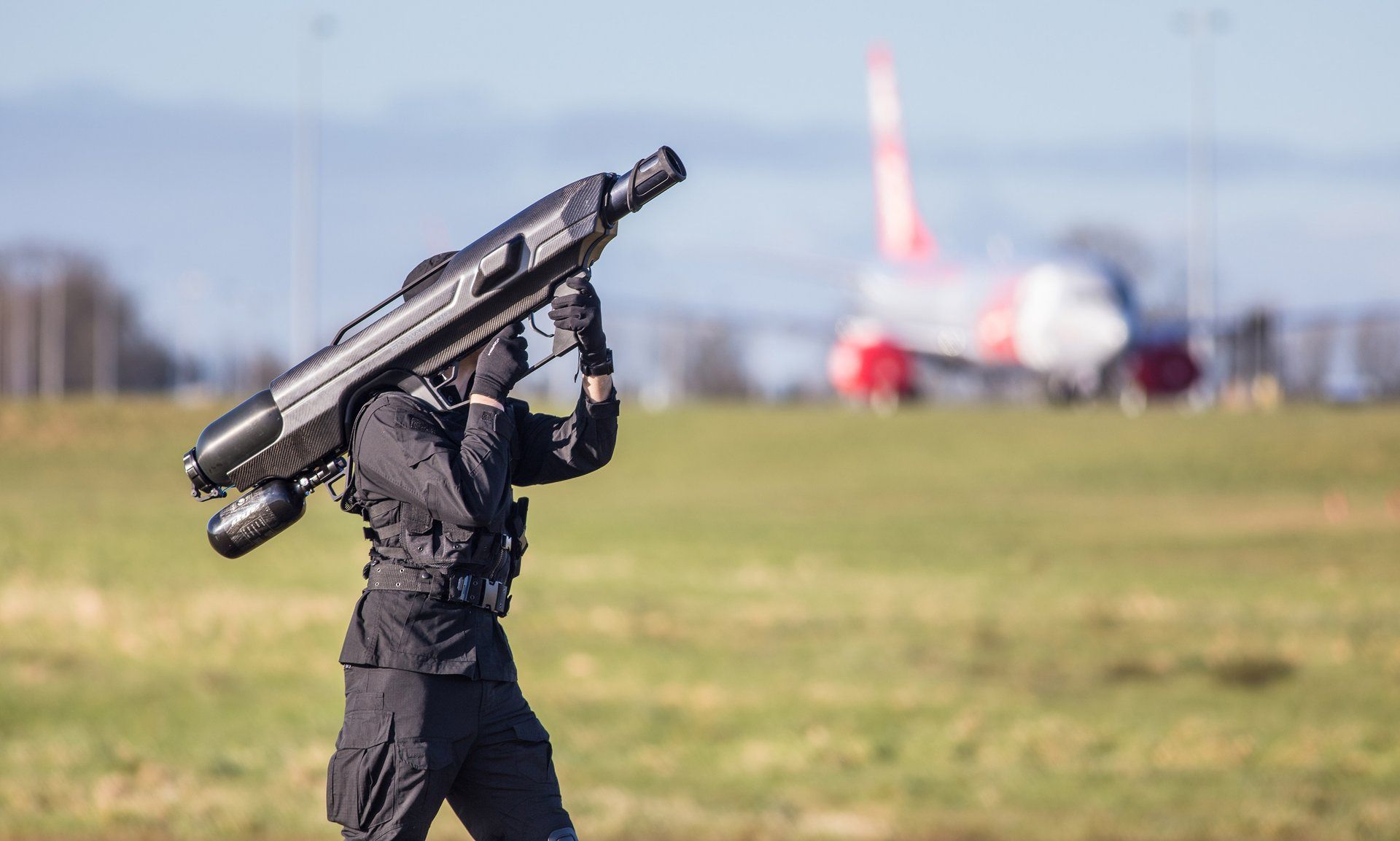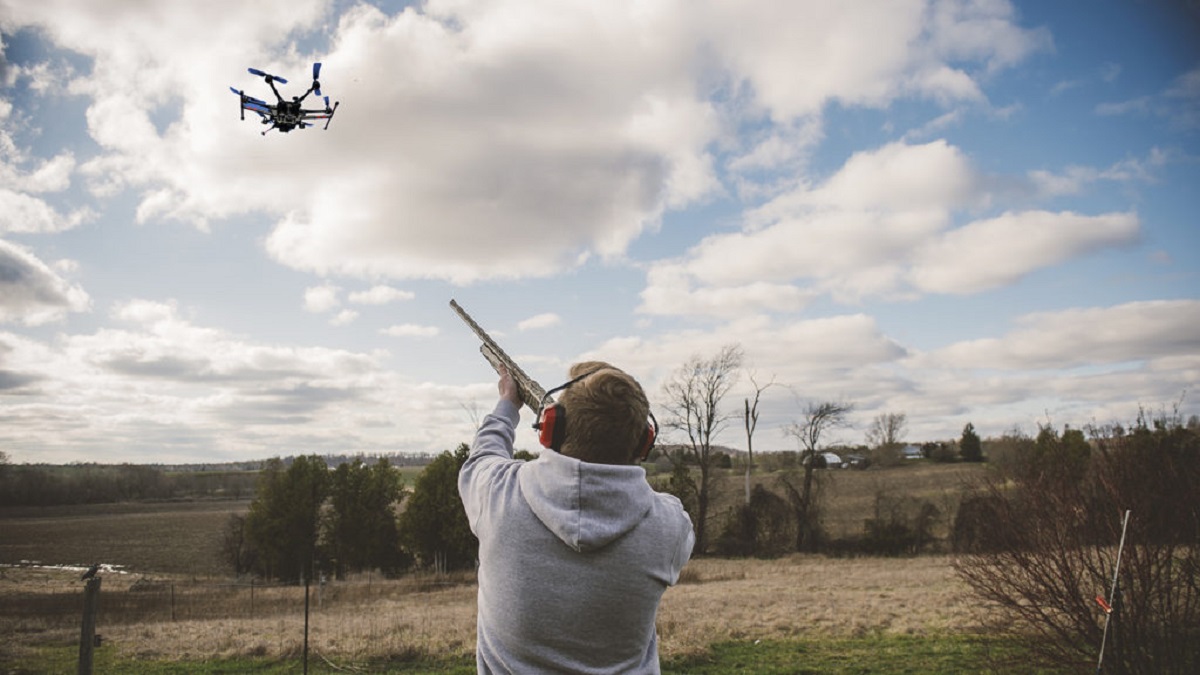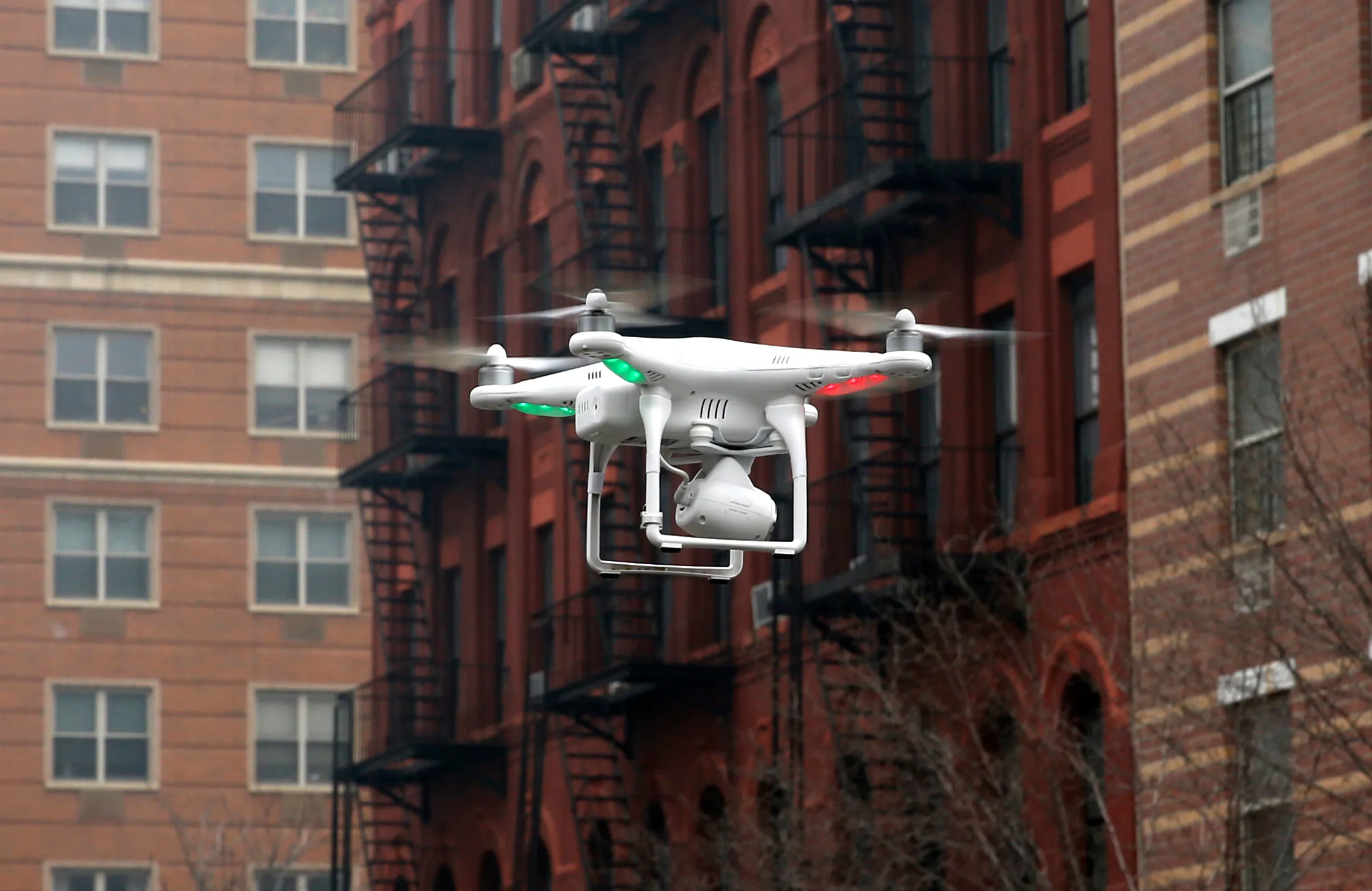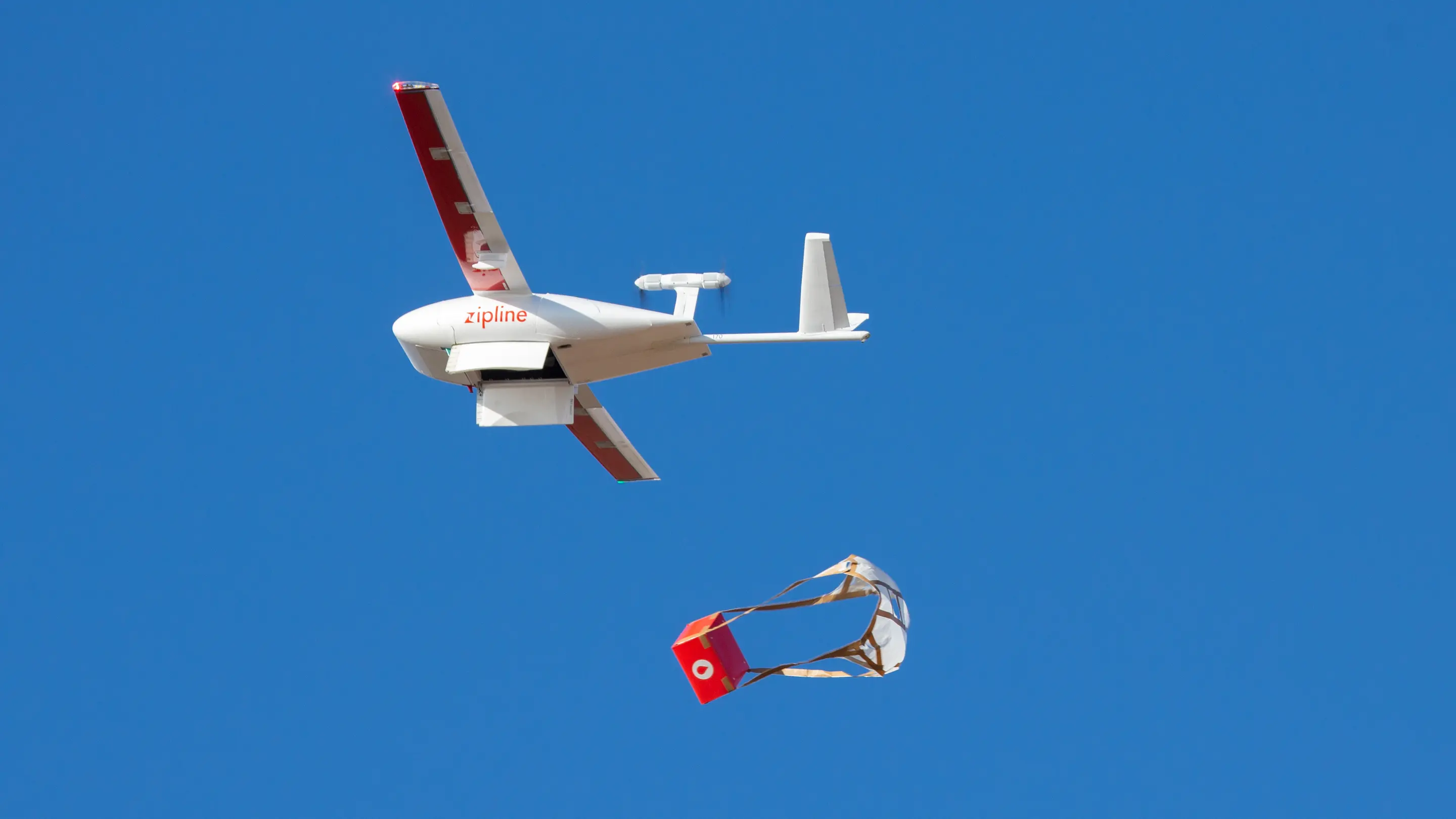Introduction
Unmanned aerial vehicles, more commonly known as drones, have become increasingly prevalent in recent years. These versatile devices are used for various purposes, including aerial photography, surveillance, and even package delivery. However, there may be situations where you want to disable or disrupt a drone’s signal, effectively rendering it unable to fly or receive commands. This practice, known as jamming a drone signal, can be useful in scenarios where privacy, security, or safety concerns arise.
Jamming a drone signal involves interfering with the communication between the drone and its remote controller or GPS system. By disrupting this connection, it becomes difficult or impossible for the drone to function as intended, preventing it from carrying out tasks or potentially causing it to land safely. While the act of jamming a drone signal may be controversial and regulated in many regions, understanding the process and the equipment involved can provide valuable insights and inform discussions on the responsible use of drones.
In this article, we will explore the reasons why someone might want to jam a drone signal, the communication mechanisms used by drones, the equipment needed to disrupt their signals, the steps involved in jamming a drone, the legal implications and restrictions surrounding this practice, as well as alternatives to consider. It is important to note that the intent of this article is to provide information and promote a responsible approach to drone-related activities.
Why would you want to jam a drone signal?
There are several reasons why someone might consider jamming a drone signal. It is crucial to note that the act of disrupting a drone signal should only be undertaken in legally permissible circumstances and with the utmost consideration for safety and privacy. Here are some common situations where individuals or organizations may have valid reasons for jamming a drone signal:
- Privacy concerns: Drones equipped with cameras can invade the privacy of individuals or infringe upon restricted spaces. By jamming the drone signal, it ensures that the drone cannot capture sensitive or private information, protecting personal privacy.
- Security risks: In certain scenarios, drones can pose security risks, especially in sensitive areas such as airports, government buildings, or public events. Unauthorized drones might be used for espionage, smuggling, or other malicious activities. In such cases, jamming the drone signal can prevent potential threats by disabling the drone’s functionality.
- Safety considerations: There may be situations where the presence of drones poses a safety hazard. For example, drones flying near crowded areas, critical infrastructure, or emergency response zones can increase the risk of accidents or interfere with crucial operations. Jamming the drone’s signal can mitigate these risks and ensure public safety.
- Protection of intellectual property: In industries where intellectual property and trade secrets are paramount, drones equipped with high-resolution cameras can be exploited for industrial espionage. Jamming the drone signal can prevent unauthorized data collection, safeguarding valuable information.
- Preservation of natural habitats: Drones can disturb wildlife and disrupt delicate ecosystems, particularly in protected areas. By jamming the drone signal, it becomes possible to deter drones from encroaching on environmental sanctuaries and minimizing the disturbance caused to wildlife.
While these are some valid reasons for considering the use of a drone signal jammer, it is essential to reiterate that the legality and regulations surrounding jamming vary from country to country. Prior research and consultation with legal authorities should be undertaken to ensure compliance with applicable laws and guidelines.
How do drones communicate?
In order to understand how to disrupt a drone’s signal, it is important to grasp the communication mechanisms employed by drones. Drones use various technologies to establish and maintain communication with their remote controllers or ground control stations. The most common methods of communication used by drones include:
- Radio Control: Many consumer drones utilize radio frequencies to communicate with their remote controllers. These drones typically operate within the 2.4 GHz or 5.8 GHz frequency bands. The remote controller sends commands to the drone, such as directions or changes in altitude, through radio signals. Similarly, the drone relays vital information, such as its current status or battery level, back to the remote controller.
- Wi-Fi: Some drones employ Wi-Fi technology to establish a connection between the drone, the remote controller, and other devices such as smartphones or tablets. Wi-Fi enables a more extensive range of functionalities, including live video streaming from the drone’s camera and the ability to control the drone using mobile apps.
- GPS (Global Positioning System): Drones equipped with GPS technology rely on satellites to determine their position and navigate autonomously. The GPS system provides accurate positioning data to the drone, allowing it to follow programmed flight paths or hover in a specific location. Drones may communicate with GPS satellites to receive signals and update their location information.
- Telemetry: Telemetry refers to the exchange of vital information between the drone and its ground control station. This information includes data related to altitude, speed, battery status, camera settings, and more. Telemetry ensures that the operator has real-time feedback and situational awareness of the drone’s performance.
It is worth noting that different drones may employ different communication technologies and protocols based on their intended use or level of sophistication. Understanding how a specific drone communicates is essential when considering how to disrupt its signal effectively.
Now that we have discussed the basic communication methods employed by drones, let’s move on to the equipment required to jam a drone’s signal.
What equipment do you need to jam a drone signal?
Jamming a drone signal requires specialized equipment designed to disrupt the communication between the drone and its controller or GPS system. These devices, commonly known as drone signal jammers or counter-drone systems, emit powerful signals that interfere with the frequencies used by the drone for communication. Here are the key components typically found in drone signal jamming equipment:
- Transmitter: The transmitter is the central component of a drone signal jammer. It generates and emits radio waves or signals on specific frequencies used by drones for communication. These powerful signals overwhelm or interfere with the drone’s ability to receive commands from its controller or establish a connection with GPS satellites.
- Antenna: The antenna is responsible for transmitting and receiving the signals produced by the jamming device. It helps to amplify and direct the signal in a specific direction, targeting the drone and minimizing interference with other nearby electronic devices.
- Power source: Drone signal jammers require a reliable power source to operate effectively. Depending on the device, power can be supplied from batteries, direct current (DC), or alternating current (AC). It is crucial to ensure that the jammer has sufficient power capacity to sustain long-duration operation, if necessary.
- Frequency range: Drone signal jammers are designed to operate on specific frequency bands used by drones. It is important to select a jamming device that covers the appropriate frequency range to effectively disrupt the drone’s communication without affecting other legitimate devices in the vicinity.
- Control interface: Some advanced drone signal jammers offer control interfaces that allow the user to adjust the frequency range, power output, or target specific drone models. These interfaces provide more flexibility and precision in jamming the drone signal.
It is essential to note that the use of drone signal jammers may be subject to legal restrictions and regulations in many jurisdictions. It is crucial to thoroughly research and comply with the applicable laws to avoid any legal repercussions.
Now that we are equipped with an understanding of the necessary equipment, let’s proceed to the next section where we will outline the steps involved in jamming a drone signal.
Steps to jam a drone signal
Before proceeding, it is important to reiterate that tampering with a drone signal should only be done in situations where it is legally permissible and necessary, such as protecting privacy or ensuring safety. Here are the general steps involved in jamming a drone signal:
- Research and plan: Familiarize yourself with local laws and regulations regarding the use of drone signal jammers. Determine the specific frequencies used by the drone you intend to jam, as well as any potential legal implications or restrictions.
- Acquire the necessary equipment: Purchase or obtain the appropriate drone signal jamming equipment that covers the required frequency range. Ensure that the equipment conforms to legal standards and operates within the legal power limits.
- Select an appropriate location: Choose a location that allows for a clear line of sight to the drone while minimizing interference with other electronic devices. Consider factors such as privacy, safety, and local regulations when selecting the jamming location.
- Power on the jamming device: Ensure that the power source for the jamming device is connected and functioning properly. Power on the device according to the manufacturer’s instructions.
- Adjust the frequency range: Configure the jamming device to operate within the specific frequency range used by the drone you wish to disrupt. It is vital to avoid interference with other lawful devices operating nearby.
- Activate the jamming device: Activate the jamming device to begin emitting signals that interfere with the drone’s communication. Monitor the effect of the signal disruption to ensure it is effectively disabling the drone’s ability to receive commands or communicate with its controller.
- Monitor and adjust as necessary: Continuously monitor the performance of the jamming device and make adjustments as needed. Observe the drone’s response to the disrupted signal, ensuring that it remains unable to function as intended.
- Power off the jamming device: Once you have successfully disrupted the drone’s signal and accomplished your objective, power off the jamming device. Ensure that the device is properly stored and handled according to safety guidelines.
- Comply with legal requirements: It is essential to comply with any legal requirements, such as reporting the use of a drone signal jammer to relevant authorities or obtaining the necessary permits or licenses if applicable. Failure to comply with legal regulations can result in severe consequences.
Remember, jamming a drone signal should only be done responsibly and within the boundaries of the law. It is crucial to prioritize safety, privacy, and legality when considering or undertaking such actions.
Legal implications and restrictions
Jamming a drone signal is a highly regulated practice in most jurisdictions due to potential risks and concerns associated with interfering with wireless communications. It is crucial to understand and comply with the legal implications and restrictions that govern the use of drone signal jammers. Here are some important considerations:
- Legality: The legality of jamming a drone signal varies by country and region. Some jurisdictions prohibit the use of drone signal jammers entirely, while others may allow it only under specific circumstances, such as for law enforcement or authorized personnel. Research and familiarize yourself with local laws and regulations to ensure compliance.
- Federal regulations: In many countries, the use of drone signal jammers falls under federal regulations governing the use of radio frequencies and wireless communications. These regulations are in place to prevent unauthorized interference with critical infrastructure, public safety communications, and legitimate electronic devices. Any violation of these regulations may result in severe penalties.
- Airport or aviation restrictions: Due to the potential risks posed by drones near airports and aviation facilities, many countries have strict restrictions on disrupting or interfering with drone signals in these areas. It is absolutely imperative to comply with these regulations to ensure the safety of aviation operations.
- Privacy considerations: While there may be valid privacy concerns that warrant the jamming of a drone signal, it is essential to consider local privacy laws. In some jurisdictions, there are specific regulations in place to protect individuals’ privacy rights, and interfering with a drone’s signal may have legal consequences.
- Notification requirements: In certain situations where it is legal to jam a drone signal, there may be requirements to notify relevant authorities or obtain permission before taking such actions. Failure to comply with these notification requirements can result in legal repercussions.
It is crucial to consult legal experts or appropriate authorities to ensure that the use of a drone signal jammer is done in full compliance with the applicable laws and regulations. Ignorance of the law is not a valid defense, and individuals involved in unauthorized, irresponsible, or illegal jamming activities may face severe penalties.
Additionally, it is important to note that the development and use of counter-drone technologies continue to evolve, and regulations may change over time. It is essential to stay informed about any updates or amendments to existing laws and regulations to maintain a responsible and lawful approach when dealing with drone signal disruptions.
Alternatives to jamming a drone signal
While jamming a drone signal may be an option in certain situations, it is essential to explore alternative approaches that can address privacy, security, or safety concerns without resorting to signal disruption. Here are some alternatives to consider:
- Drone detection systems: Instead of interfering with a drone’s signal, drone detection systems can be employed to identify and track unauthorized or suspicious drones in a given area. These systems use sensors, radar, or acoustic technologies to detect and locate drones, allowing for early detection and appropriate responses.
- Geofencing: Geofencing involves setting up virtual boundaries or geographically restricted areas where drones are not allowed to operate. This can be implemented through software or GPS-based systems that automatically prevent drones from entering restricted zones, such as airports, military bases, or private properties.
- Communication interception: Instead of disrupting the drone’s signal, intercepting and analyzing the communication between the drone and its controller can provide valuable information about the operator’s intentions. This approach can be helpful in identifying potential security threats without disabling the drone’s functionality.
- Education and awareness: Promoting education and awareness about responsible drone usage can help foster a culture of responsible drone operations. This includes adhering to privacy guidelines, respecting no-fly zones, and operating drones in a manner that prioritizes safety and respects the rights of others.
- Regulatory frameworks: Governments and aviation authorities are continually developing regulations and frameworks to address the challenges posed by drones. Strengthening and enforcing existing regulations, as well as adapting them to emerging technologies, can play a significant role in ensuring safe and responsible drone operations.
Each alternative has its own advantages and limitations, and the appropriateness of the approach will depend on the specific circumstances and objectives. It is important to carefully evaluate the available options and choose the most suitable course of action.
Remember, the intent is to address privacy, security, or safety concerns while respecting legal and regulatory requirements. Striving for open communication, collaboration, and responsible drone usage can contribute to a harmonious coexistence between drones and society.
Conclusion
As drones continue to proliferate in various industries and recreational activities, the need to address privacy, security, and safety concerns becomes increasingly important. While the practice of jamming a drone signal may be a consideration in certain situations, it is crucial to approach it responsibly, within the boundaries of the law, and with respect for the rights of others.
We explored the reasons why someone might want to jam a drone signal, the communication methods employed by drones, the equipment needed to disrupt their signals, the steps involved in jamming a drone, and the legal implications and restrictions associated with this practice. It is essential to thoroughly understand the regulations and seek legal advice to ensure compliance with local laws.
Furthermore, we discussed alternative approaches to addressing privacy, security, and safety concerns related to drones. Through drone detection systems, geofencing, communication interception, education, and regulatory frameworks, we can strive for a more balanced and responsible use of drones in society.
It is important to always prioritize safety, respect privacy, and comply with legal requirements when dealing with drones and their signals. Responsible drone operations and the adoption of technological advancements can contribute to a harmonious coexistence between drones and the community.
By staying informed, fostering awareness, and considering the ethical implications surrounding drone activities, we can ensure that drones are utilized in a manner that benefits society while preserving privacy, security, and safety for all.









